https://profiles.imperial.ac.uk/j.kourelis
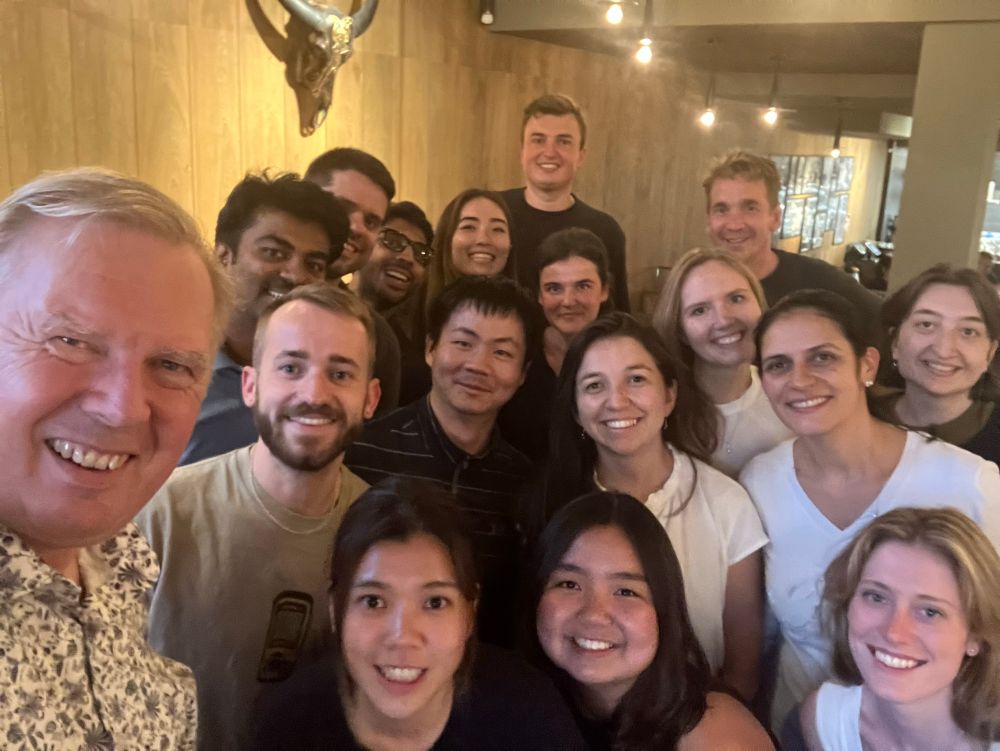


📄 www.biorxiv.org/content/10.1...

📄 www.biorxiv.org/content/10.1...
www.biorxiv.org/content/10.1...

www.biorxiv.org/content/10.1...
Pikobodies can directly target effectors, not only GFP or mCherry. An impressive technology from @jiorgoskourelis.bsky.social @clemmar.bsky.social @kamounlab.bsky.social
Pikobodies can directly target effectors, not only GFP or mCherry. An impressive technology from @jiorgoskourelis.bsky.social @clemmar.bsky.social @kamounlab.bsky.social
Excited to see what people build now that "inject a llama with some junk and bleed it a month later" is no longer the cutting-edge tech
www.nature.com/articles/s41...

Excited to see what people build now that "inject a llama with some junk and bleed it a month later" is no longer the cutting-edge tech
www.nature.com/articles/s41...

🌱 Start: October 2025
📅 Deadline: 12th January 2025
🇬🇧 Open to UK students
💰 Fully funded
ℹ️ More info: tinyurl.com/w6ap9v9f
❗ #PlantImmunity #PlantPathology
🙏 Please share with interested candidates!

🌱 Start: October 2025
📅 Deadline: 12th January 2025
🇬🇧 Open to UK students
💰 Fully funded
ℹ️ More info: tinyurl.com/w6ap9v9f
❗ #PlantImmunity #PlantPathology
🙏 Please share with interested candidates!
Read more about how SBT5.2 releases and inactivates flg22: www.nature.com/articles/s41...
rdcu.be/d1UsT
Congratulations to all involved!
#PlantImmunity #PlantPathology #PlantChemeticsLab

Read more about how SBT5.2 releases and inactivates flg22: www.nature.com/articles/s41...
rdcu.be/d1UsT
Congratulations to all involved!
#PlantImmunity #PlantPathology #PlantChemeticsLab
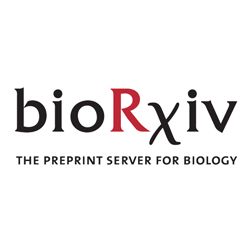
biorxiv.org/cgi/content/...
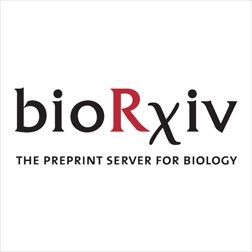
biorxiv.org/cgi/content/...
🧑🔬 Nick Dunken, @algazuccaro.bsky.social, et al.
📔 Cell Host & Microbe
🔗 www.sciencedirect.com/science/arti...
#️⃣ #PlantScience #PlantImmunity

🧑🔬 Nick Dunken, @algazuccaro.bsky.social, et al.
📔 Cell Host & Microbe
🔗 www.sciencedirect.com/science/arti...
#️⃣ #PlantScience #PlantImmunity
Excited to share our method for profiling light elements in plant tissues using XRF. Fast, cost-effective, and no extraction needed—perfect for stress-related studies in plants.
Read more: www.biorxiv.org/content/10.1...
#PlantScience #XRF #Innovation

Excited to share our method for profiling light elements in plant tissues using XRF. Fast, cost-effective, and no extraction needed—perfect for stress-related studies in plants.
Read more: www.biorxiv.org/content/10.1...
#PlantScience #XRF #Innovation

We study the plant immune system with a special interest in recognition of chewing herbivores and host-pest molecular evolution.


We study the plant immune system with a special interest in recognition of chewing herbivores and host-pest molecular evolution.
biodtp.norwichresearchpark.ac.uk/projects/ide...
biodtp.norwichresearchpark.ac.uk/projects/ide...
"Investigating host penetration by the rice blast fungus" with Dr Frank Menke and Nick Talbot
@FrankMenke.bsky.social @talbotlabtsl.bsky.social
Apply before 25 Nov 2024! ⬇️
biodtp.norwichresearchpark.ac.uk/projects/inv...
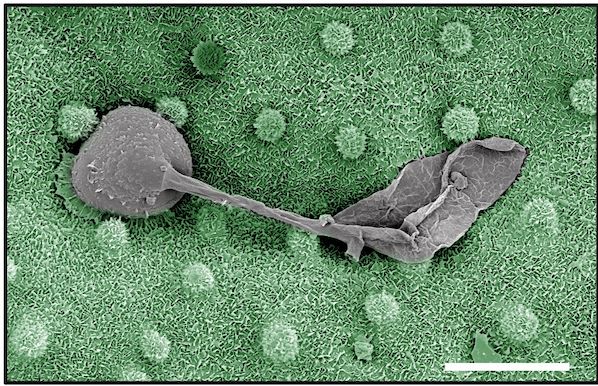
"Investigating host penetration by the rice blast fungus" with Dr Frank Menke and Nick Talbot
@FrankMenke.bsky.social @talbotlabtsl.bsky.social
Apply before 25 Nov 2024! ⬇️
biodtp.norwichresearchpark.ac.uk/projects/inv...
@amiralito.bsky.social @mpcontreras.bsky.social @kamounlab.bsky.social @m_selvaraj @mhz1989 @HsuanPai1
www.tsl.ac.uk/publications...
journals.plos.org/plosbiology/...

@amiralito.bsky.social @mpcontreras.bsky.social @kamounlab.bsky.social @m_selvaraj @mhz1989 @HsuanPai1
www.tsl.ac.uk/publications...
journals.plos.org/plosbiology/...




www.jic.ac.uk/vacancies/po...

www.jic.ac.uk/vacancies/po...
...revealing the structure, epigenetic landscape and evolutionary dynamics of its centromeres following allotetraploidization. #PlantScience

...revealing the structure, epigenetic landscape and evolutionary dynamics of its centromeres following allotetraploidization. #PlantScience
www.nature.com/articles/s41...

www.nature.com/articles/s41...
We discovered a bacterial NLR-like pattern recognition receptor that can sense 3 different viral proteins as a signature for infection. This explains its broad defense against different phage families
Congrats Nathalie Béchon!
www.nature.com/articles/s41...
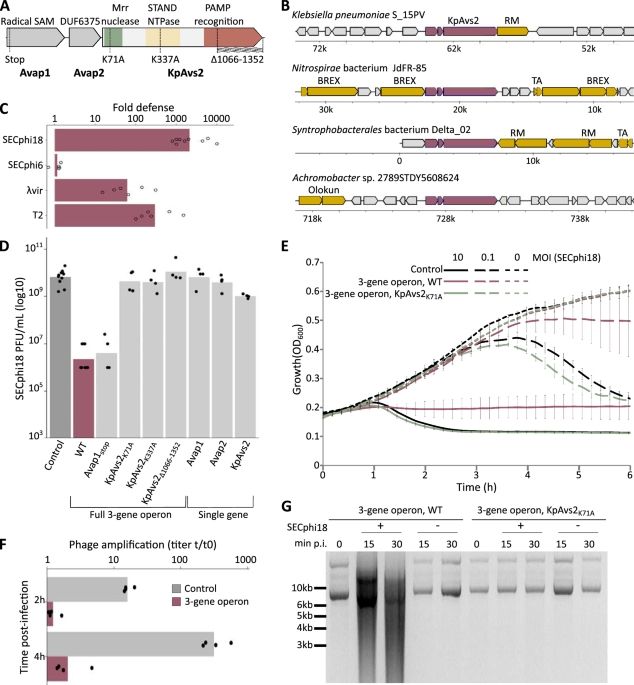
We discovered a bacterial NLR-like pattern recognition receptor that can sense 3 different viral proteins as a signature for infection. This explains its broad defense against different phage families
Congrats Nathalie Béchon!
www.nature.com/articles/s41...

